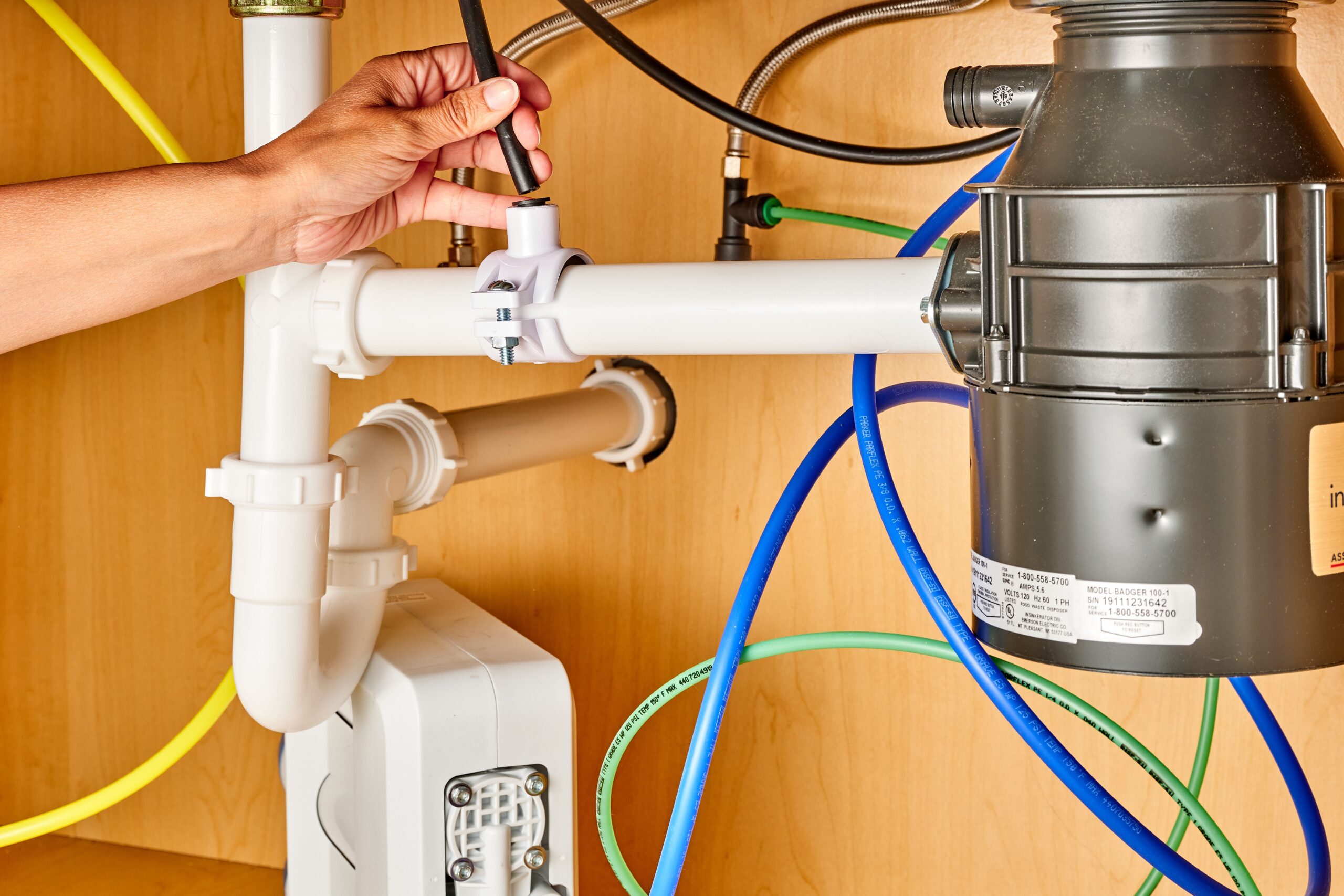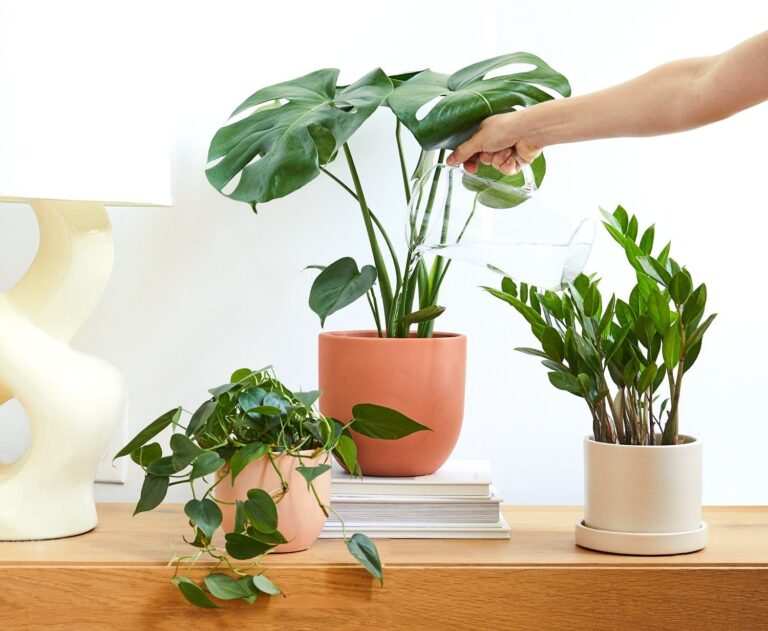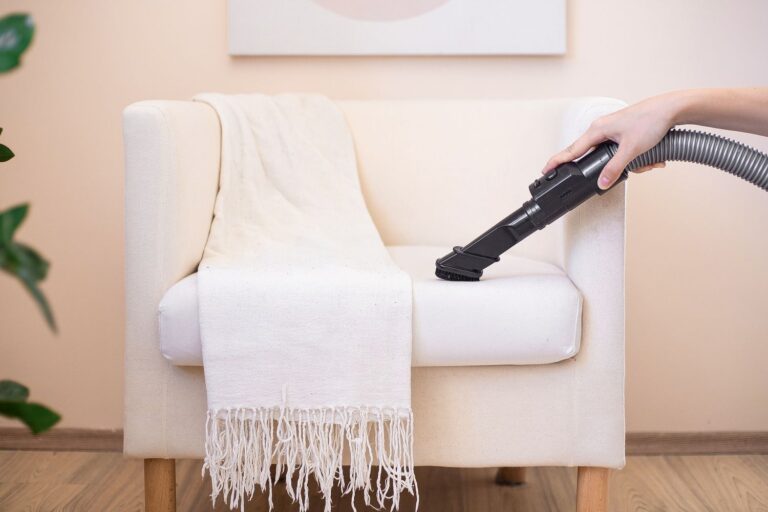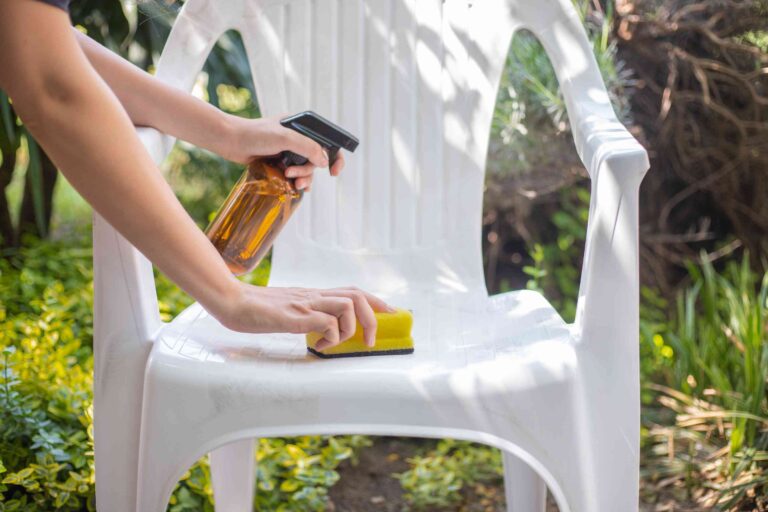Can You Install A Reverse Osmosis Filter By Yourself?
Installing a reverse osmosis filter in your home can be a great way to improve the quality of your drinking water. Although it is possible to do the job yourself, it is generally recommended that you seek professional help when it comes to installing a reverse osmosis filter. This is because the installation process can be quite complicated and time-consuming, and it is important to ensure that the filter is installed correctly. However, if you are comfortable doing the job yourself, there are instructions available online that can help you through the process.
What is a Reverse Osmosis Filter?
Reverse osmosis (RO) filters are an effective way to reduce contaminants from your water supply. A reverse osmosis filter uses a semi-permeable membrane to remove dissolved solids, such as salt, bacteria, and other impurities from water. It is considered one of the most effective methods of water filtration available, as it can remove up to 99% of all contaminants in water. As the popularity of reverse osmosis filters grows, many people are asking if they can install a reverse osmosis filter themselves.
Installing a reverse osmosis filter requires some knowledge and skill. It is not a simple do-it-yourself job. The process includes connecting the filter system to your existing plumbing, fitting the filter cartridges, and then testing the system for leaks and proper operation. Knowing how to use the equipment and tools safely and properly is essential for a successful installation. Additionally, it is important to understand the maintenance and replacement needs of the system to ensure optimal performance.
Advantages of Using a Reverse Osmosis Filter
When looking to improve the quality of the water in your home, reverse osmosis filtration is a great solution. It can remove impurities, such as lead, chlorine, and other contaminants, that are often found in tap water. Installing a reverse osmosis filter by yourself can provide many advantages, however, it’s important to understand the process and the necessary components.
One of the main advantages of installing a reverse osmosis filter is that you can customize it to meet your specific needs. It’s possible to install filters that are tailored to your water quality, meaning that you can get the best possible filtration. Additionally, this type of filtration system is relatively easy to install, as the components are easily accessible and the process requires minimal tools.
Another benefit to using a reverse osmosis filter is that it can save you money in the long run. Since you’ll be able to filter out contaminants, you won’t have to purchase bottled water or other expensive solutions to get clean, safe drinking water. Additionally, the filters can be easily changed or upgraded if necessary, allowing you to extend the life of the system.
What Do You Need to Install a Reverse Osmosis Filter?
Installing a reverse osmosis (RO) filter can be a daunting task for many homeowners. Fortunately, with the right tools and some patience, anyone can install a reverse osmosis filter by themselves. But before beginning, it’s important to know what you’ll need to get the job done.
The first item you’ll need is a special reverse osmosis membrane. This membrane serves as a filter and can be found at most home improvement stores or online. You’ll also need a few basic tools, such as a wrench, drill, and screwdriver. It’s also a good idea to have some Teflon tape on hand to help create a watertight seal between the filter and the pipes.
In addition to the membrane and tools, you’ll need a few other items for installation. These include a tank for water storage, a drain line to dispose of the brine, and a pressure regulator to control the water pressure. You may also need to purchase additional fittings and tubing to complete the installation.
The Steps Involved in Installing a Reverse Osmosis Filter
Installing a reverse osmosis filter can be quite a tricky process, as it requires knowledge and expertise in water filtration systems. However, with the right tools and a bit of patience, it’s possible to install a reverse osmosis filter by yourself. The following steps will help you to complete the process efficiently and safely.
First, you need to select the appropriate reverse osmosis filter for your needs. You should also check the manufacturer’s instructions to make sure that it’s compatible with your existing water system.
Next, you need to assemble the filter. You should make sure that all the components are correctly attached and that there is no leakage. Once the filter is assembled, it needs to be connected to the main water supply.
After that, you need to flush the system to make sure that all the dirt and debris have been removed. This should be done with a special solution that’s specifically designed for the filter. Finally, you need to check the pressure and flow rate to make sure that the filter is working properly.
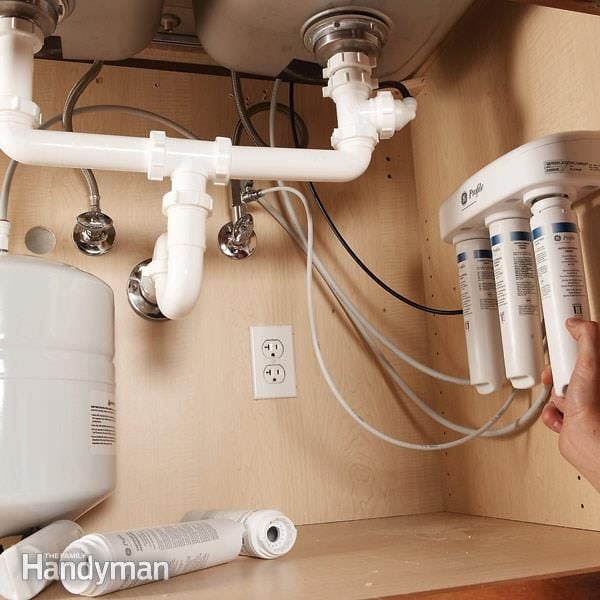
Troubleshooting Common Issues with Reverse Osmosis Filters
Reverse osmosis (RO) filters are becoming increasingly popular for their ability to remove impurities from water, making it safe and drinkable. While these filters can be installed by the average homeowner, there are a few common issues that can arise that require professional attention. In this blog post, we’ll discuss some of the most common problems that can arise with RO filters and how they can be addressed.
First, the most common issue with an RO filter is a lack of water pressure. This can be caused by a variety of factors, such as clogged membranes, blockages in the water line, or incorrect installation. To resolve this issue, it is important to make sure that the filter is installed properly and that all connections are secure. If the issue persists, it is best to contact a professional for further assistance.
Second, another common issue is a lack of water flow. This is usually caused by a clogged filter, and the best way to resolve this is to replace the filter. In some cases, a filter may need to be replaced more frequently than recommended, as the water line may contain more contaminants than normal.
Finally, a third issue that can occur with an RO filter is a build-up of sediment. This is caused by particles that are too small to be filtered by the filter, and the best way to address this is to regularly clean and flush the system. If the issue persists, it is best to contact a professional who can provide further assistance.
Frequently Asked Questions about Reverse Osmosis Filters
Reverse osmosis (RO) filters are becoming increasingly popular with homeowners who want to purify their drinking water. But, knowing whether you can install a reverse osmosis filter by yourself or not can be confusing. To help clear up any confusion, we’ve gathered a list of frequently asked questions about reverse osmosis filters.
First, you should know that reverse osmosis filters come in a variety of sizes, so it’s important to choose the right filter based on your needs. You can typically find a filter that fits most existing plumbing systems, but you may need to make some modifications to the system.
When it comes to installation, it’s usually recommended that you hire a professional to install the filter. This ensures the filter is installed correctly and can provide you with the best filtration performance. However, if you’re confident in your ability to install the filter yourself, you can find detailed instructions online that can help guide you through the process.
Alternatives to Installing a Reverse Osmosis Filter
Reverse osmosis filtration systems are an effective way to purify water, but not everyone is comfortable installing them on their own. Luckily, there are alternative solutions that can help you get clean, safe drinking water without the hassle of installing a reverse osmosis filter. Here are a few of the most popular alternatives to installing a reverse osmosis filter.
The first alternative is a simple pitcher filter. These are small, portable devices that are designed to fit in the fridge. All you need to do is fill the pitcher with tap water and it will filter out the impurities. This is a great solution for those who don’t want to install a filtration system, but still want clean water.
Another option is a countertop water dispenser. This is a great choice for those who want access to both hot and cold water without having to install a filtration system. All you need to do is fill the dispenser with tap water and it will filter out the impurities.
FAQs About the Can You Install A Reverse Osmosis Filter By Yourself?
1. Is a reverse osmosis filter easy to install?
Yes, a reverse osmosis filter is relatively easy to install. However, it is best to follow the instructions that come with the filter to ensure proper installation.
2. Do I need any special tools or supplies to install a reverse osmosis filter?
No, you do not need any special tools or supplies to install a reverse osmosis filter. Most filters come with all the necessary components and instructions for a successful installation.
3. How often should I replace my reverse osmosis filter?
The frequency of filter replacement depends on the type of filter you are using. Generally, it is recommended to replace the filter every six months.
Conclusion
The answer to the question “Can You Install A Reverse Osmosis Filter By Yourself?” is yes, you can. With the right tools and supplies, anyone can install a reverse osmosis filter on their own. However, it is important to read all the instructions carefully and to follow any safety guidelines that may be included. It is also important to make sure that the filter is installed correctly to get the best performance and water quality.
